Red Bull believes that certain “low -risk risk” changes that it has brought to Max Verstappen’s car for the Miami Grand Prix can help him unlock improvements in stability that could be the key to his Formula 1 title hopes.
While many of its rivals have avoided offering developments this weekend because it is a sprint event, Red Bull has shaken the trend by introducing changes to the ground on the RB21 of Verstappen.
Developments include repositioned fences to energize the soil differently, as well as new floor edges with a more camera mini-aile for an increase in the local load.
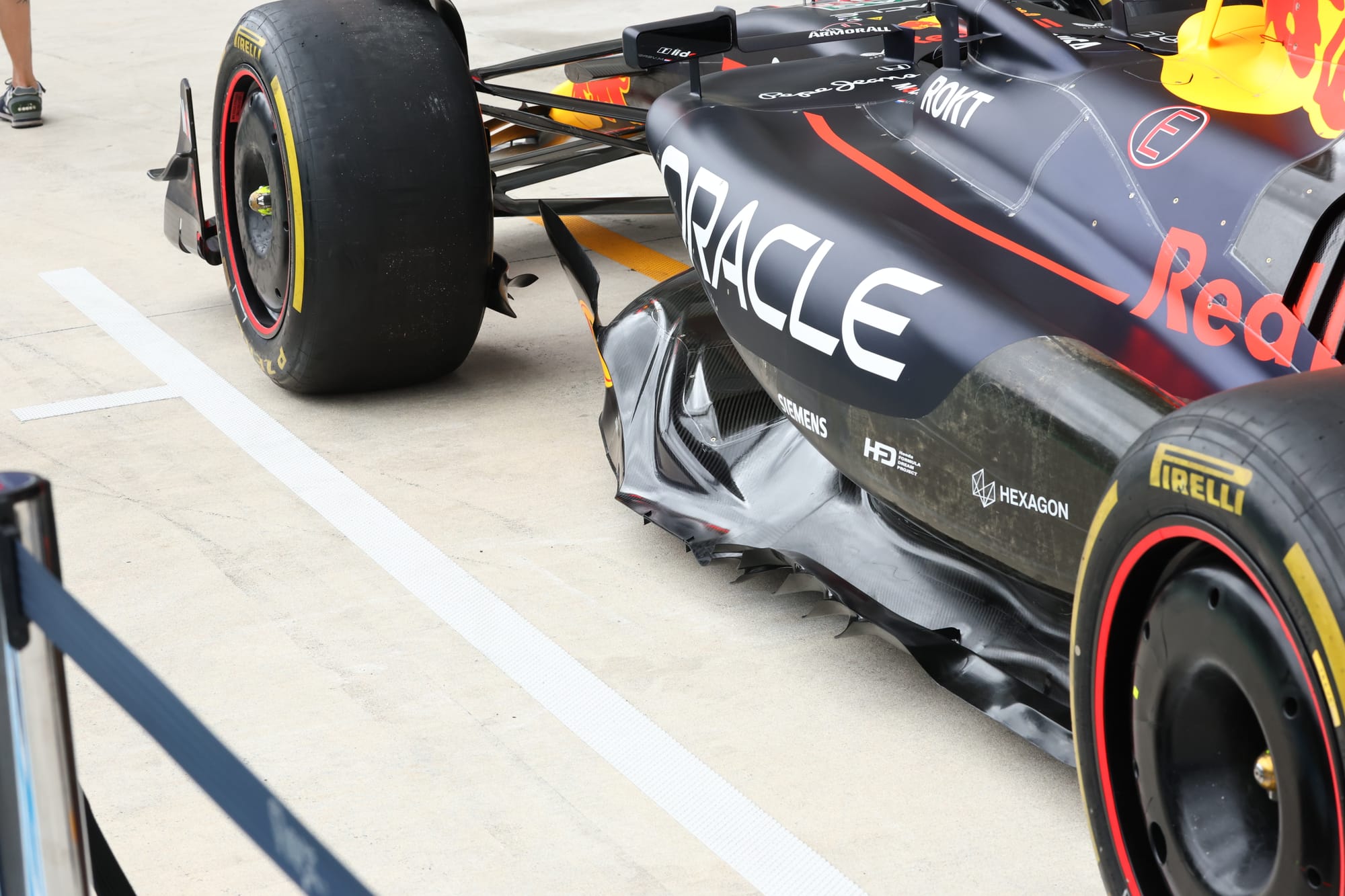
One of the main problems that Red Bull is trying to heal at the moment is the lack of area balance.
Questioned by the race if the changes concerned the pure strength of support or to improve stability problems, the chief engineer of Red Bull, Paul Monaghan, “said:” Both! It’s a bit of both. This is why we brought it. It is reasonably stable.
“We can bring it at relatively low risks because it is a sprint race. This is an opportunity to do it and we were able to do it. People worked very hard in the factory to put it on the car and enjoy the advantages. ”
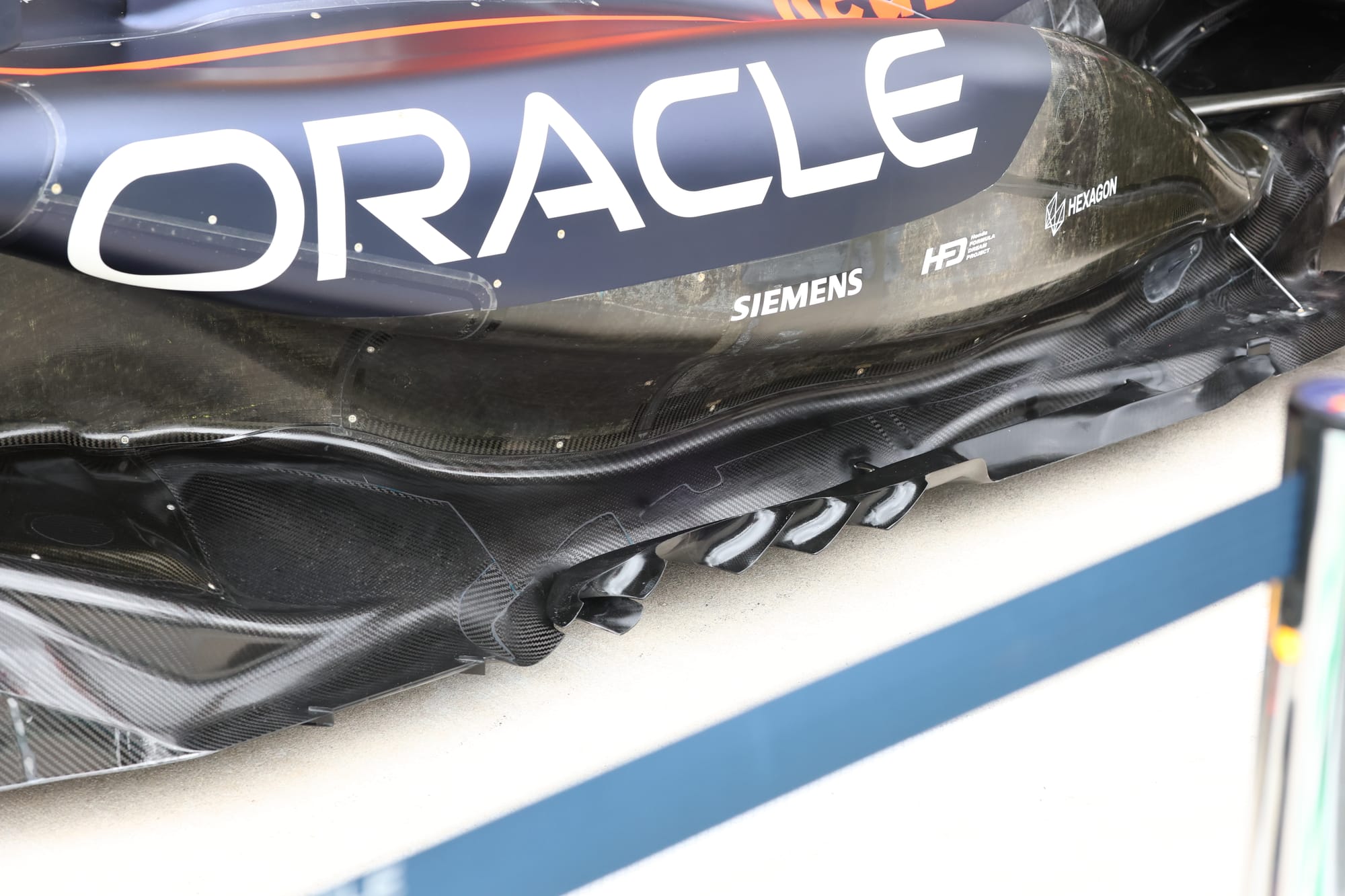
While other teams do not like to bring upgrades in sprintes races, as there is a limited practice time to solve problems before qualifying them, Monaghan said that low -risk belief “was due to a lack of concerns concerning a negative impact on the balance of the car.
Monaghan added: “In our judgment of stability of the flow, the stability of the flow is unchanged, we do not fear being aerodynamically unstable or anything of this nature. This can continue and it will give us a few kilos of load and we will enjoy the advantages.”
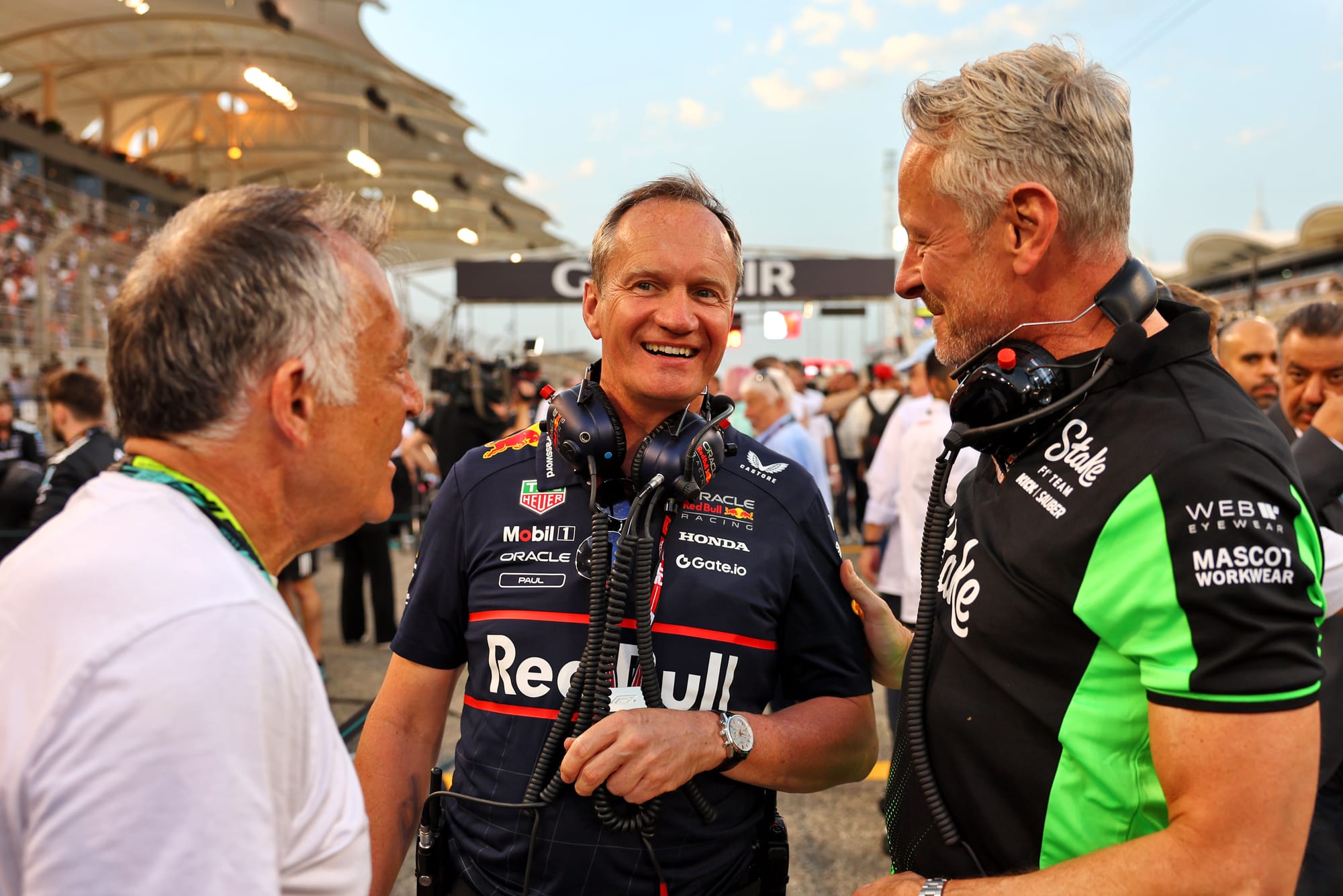
Although the changes to the Red Bull are fairly low and cannot automatically take a big step in the car performance, Monaghan is convinced that even a small gain that the team can make to solve their local balance problems could unlock a big leap forward.
But it was clear that going up in addition to the problem was going to take a little time and can gain some upgrades to solve.
“If you are thinking of Jeddah and the complaints we had in Bahrain, we addressed some (weaknesses),” he said. “Have we done entirely? Probably not. Are we going to continue? Yes.
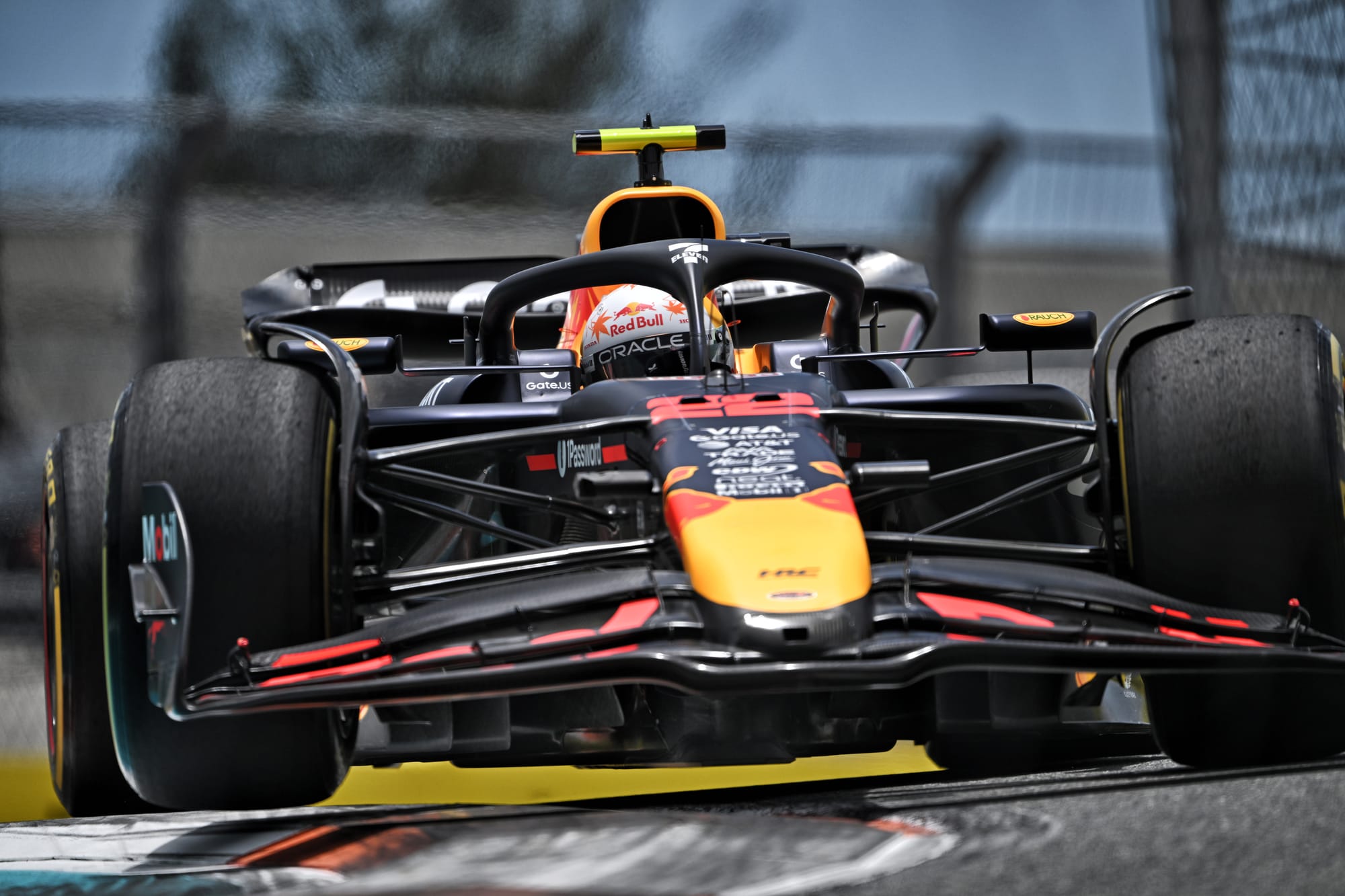
“It will not be a kind of turnkey solution to unlock. It will be progressive improvements on the car.
“We understand what has happened, but actually acting a remedy is not so simple.
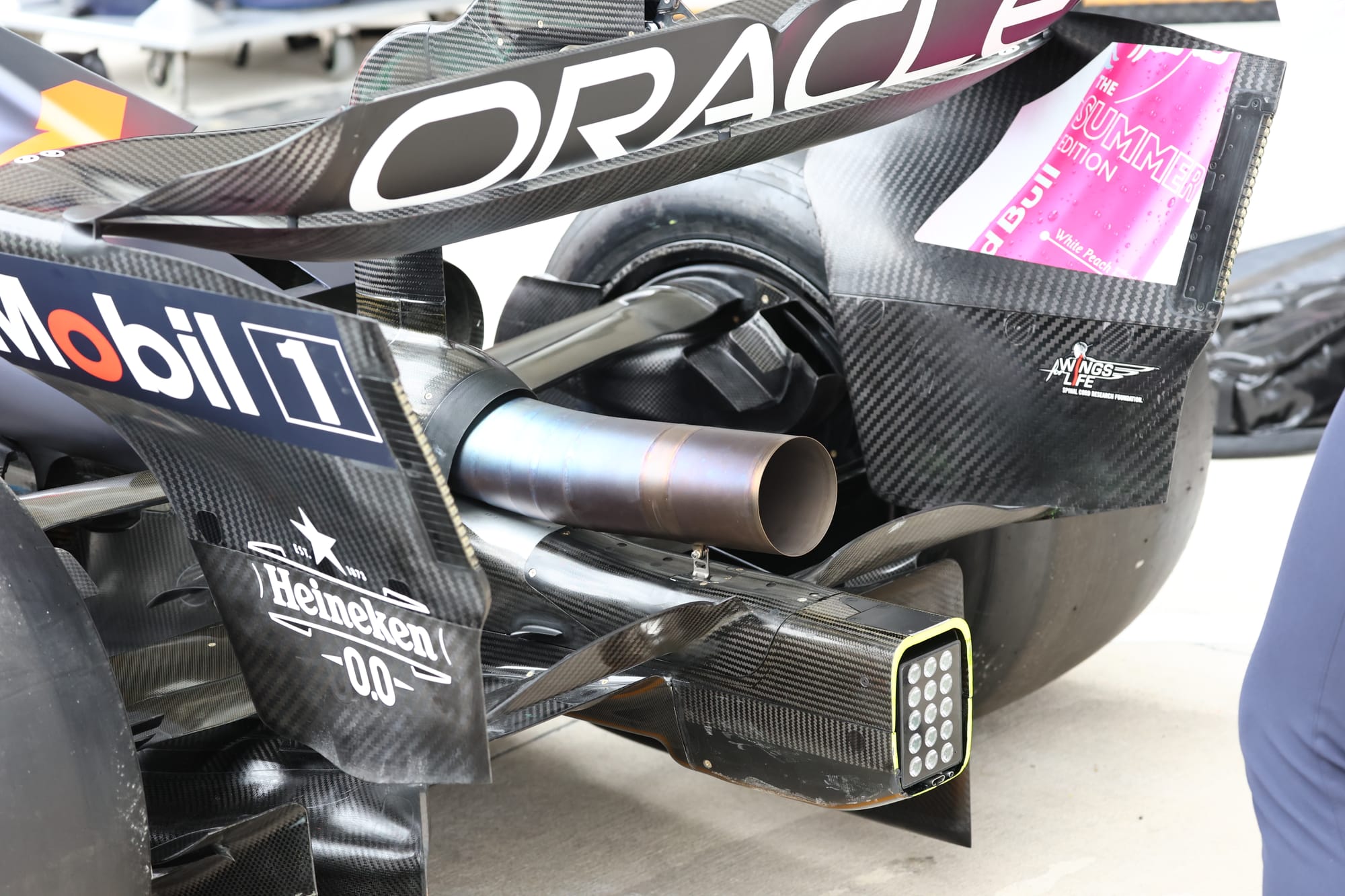
“He (the problem) may never disappear from the car. Can we reduce the magnitude and improve the laptop? Yes.
“There are a lot of smart people at Milton Keynes who work hard to improve it, and it will come.”
Upgrades
Red Bull was not the only one to make car changes to the Miami Sprint weekend.
Some teams have limited their new parts to changes on the wings profiles, so they were better suited to the Miami track requests.
Mercedes
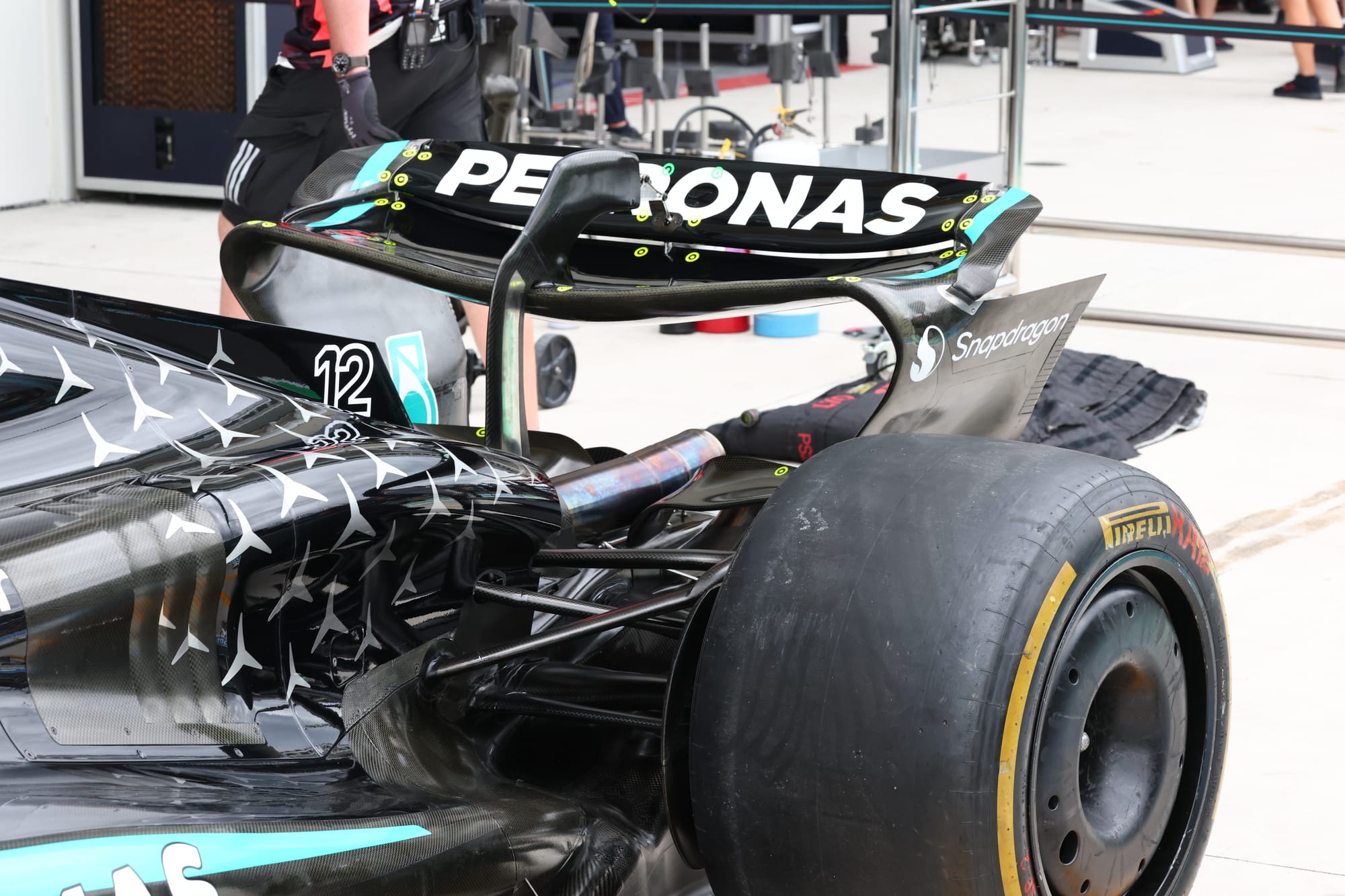
Mercedes introduced a change of bodywork in its rear wing flap to give better correspondence with the characteristics of the track.
Aston Martin
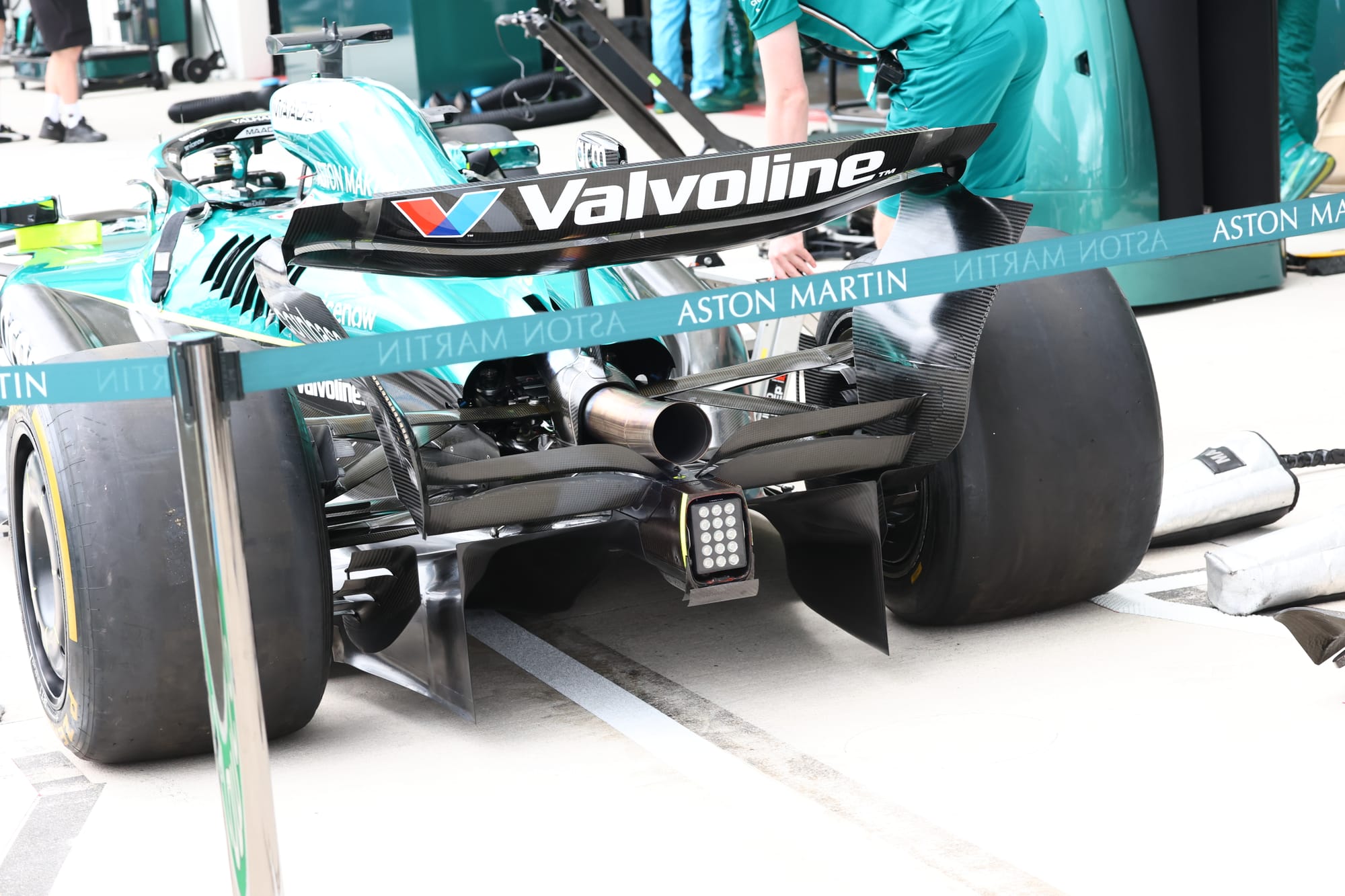
Aston Martin gave the front and rear wings a garnish and reduced the wing of the beam less than a single agreement to respond to low -dredging requests from the circuit.
Williams
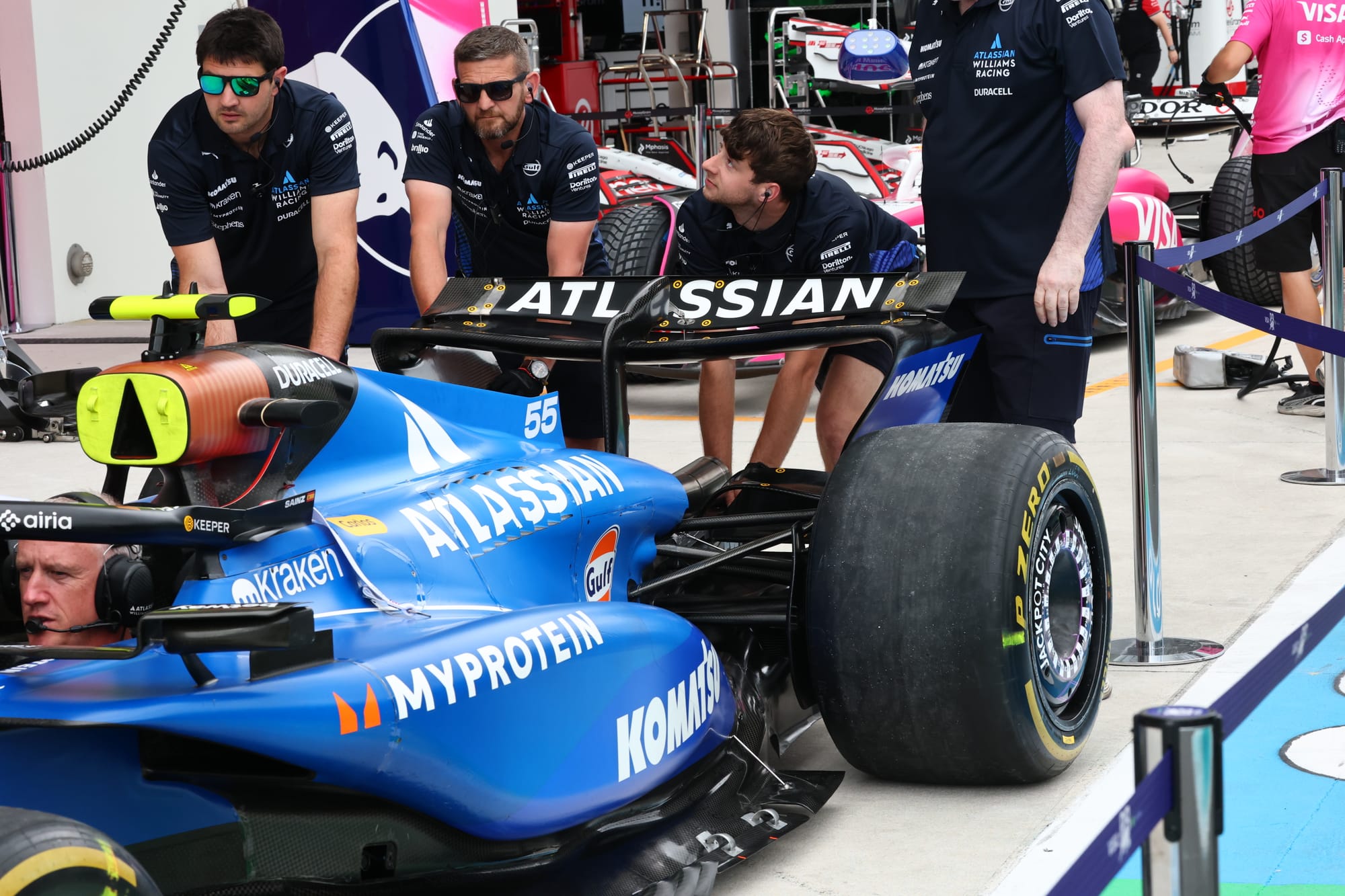
Williams introduced a shorter agreement of the existing beam wing that she has here.
Jumper
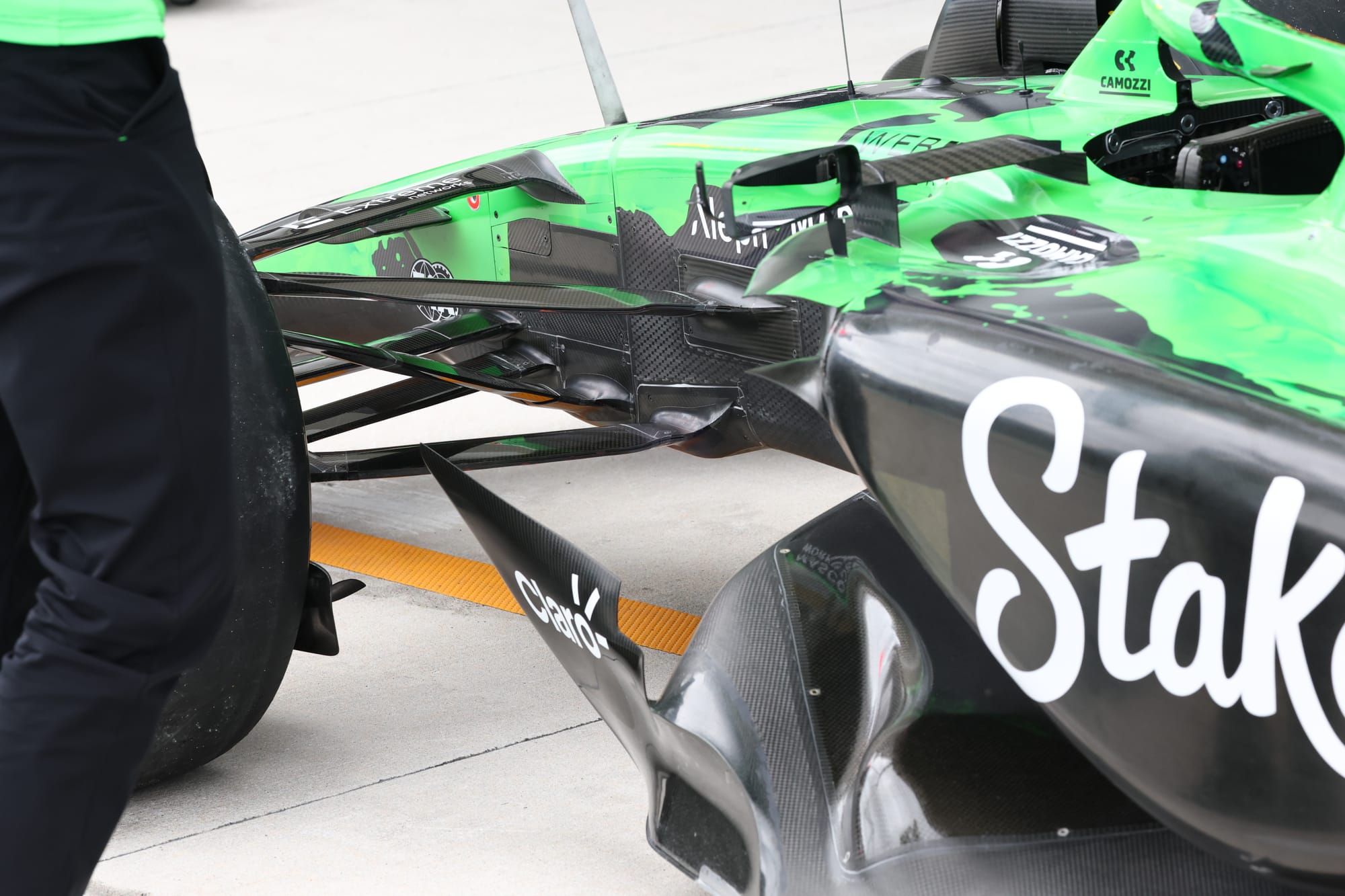
Sauber has reproduced its front suspension ducts to better align the air flow downstream.
Alpine
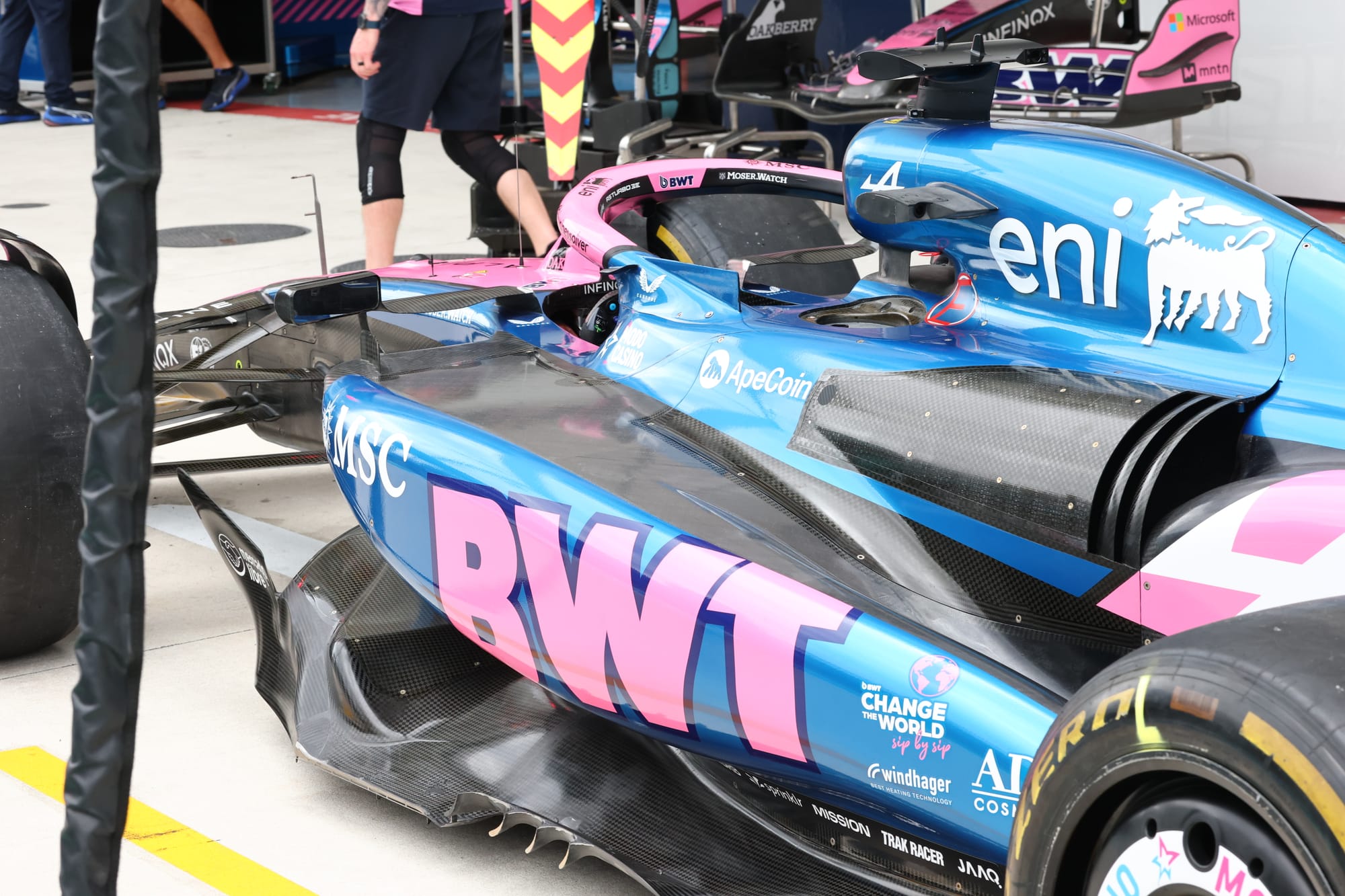
As part of her documents before the event, Alpine submitted a multitude of updates but finally decided, due to the requirements of a Sprint weekend, not to run with them.
The pieces, which will now appear at the Grand Prix of Emilia Romagne in fifteen, include new front brake conduits which have claimed to give better aerodynamic optimization downstream and an increase in cooling efficiency.
The front suspension ducts have been reproduced to optimize the flow to the new conduits.


